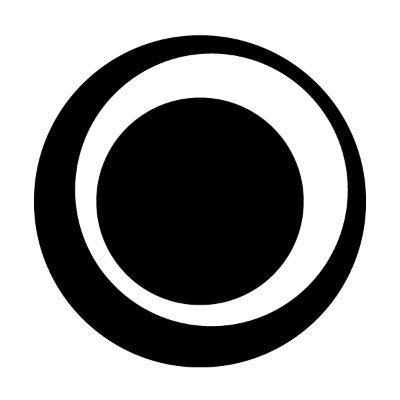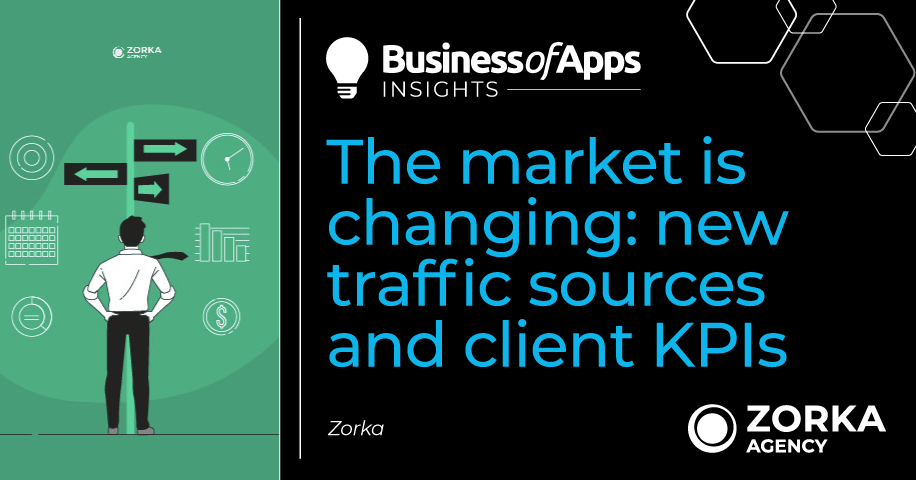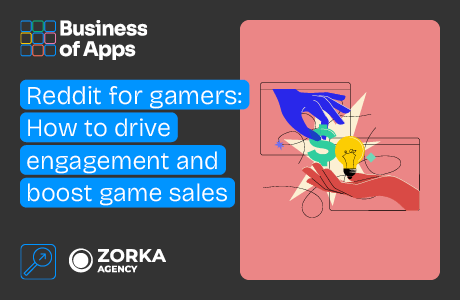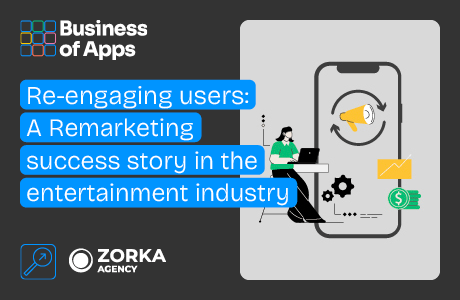The dynamism of performance marketing has long been unsurprising. However, today we are witnessing an extraordinary acceleration that forces us to rethink our advertising strategies, reconsider KPIs, and even be somewhat concerned. At Zorka.Agency, we are eager to calm the anxieties and share our forecast for the coming year.
What we have now
At the moment, the mobile traffic market is divided into several categories of providers:
- DSP networks
- OEM traffic sources
- Google Ads
- Meta
- CPM ad networks
- CPI/CPA networks
While everything is quite simple with classic traffic sources like Meta and Google Ads, advertisers have difficulties with DSP, OEM, and CPI/CPA networks. Some fear a high level of fraud, while others are not ready for experiments. Therefore, when working with these sources, advertisers typically rely on the experience of agencies.
But there is a nuance
Even the experience of agencies does not guarantee effective launches. Most campaigns in DSP networks struggle to achieve desired KPIs based on CPA metrics, as the auction has become highly competitive, and the cost of acquiring users in these networks has already been high.
The quality of traffic from CPI/CPA networks, which have flooded the market and become the key to scaling for many companies, is getting worse. According to one of the latest AppsFlyer reports, the overall percentage of fraud traffic in some verticals has reached 70%.
What’s the solution
The first
For the past couple of years, we have been closely monitoring the development of OEM traffic sources and recommend them as an alternative to traditional ones.
OEM (original equipment manufacturer) sources are platforms that use traffic inside the shell of mobile phones. For example, you may have seen advertisements many times in service applications such as “Weather”. Such ads can appear as recommendations or show up in other apps on behalf of the phone manufacturer. You can find a detailed guide on working with OEM here.
The second
Programmatic platforms. This involves the automated purchase of ad impressions exclusively for the target audience using specialized platforms based on user data. Sounds good, right? In simpler terms, you choose the target audience, and artificial intelligence takes care of the rest. And it does it well!
One of the advantages of programmatic advertising is the ability to quickly optimize campaigns across a multitude of parameters.
Moreover, programmatic platforms operate on the oCPM model and have nothing to do with the CPM model. This means that traffic acquisition occurs based on a performance model, oriented towards achieving specific results.
🔍 Master Onboarding with JTBD & MaxDiff
Discover how to optimize your app’s onboarding process using the Jobs-to-be-Done framework and MaxDiff analysis.
Download nowHistorically, programmatic platforms have grown up running campaigns for gaming products. That’s why special emphasis is placed on data accuracy and optimization for achieving specific actions. Campaigns in this space require access to the advertiser’s first-party data. This is associated with differences in setting up programmatic campaigns:
- The learning period is 3-5 weeks. Yes, programmatic is a long-term work in “always on” mode.
- A larger budget at the start. For one operating system and one GEO, you will need between $5,000 and $25,000 to gather the maximum amount of data during the learning period, optimize campaigns based on them, and quickly approach the KPI.
- No edits during the learning period. During this time, it is not recommended to stop campaigns or make changes to creatives and links, as it can disrupt the learning process and worsen subsequent results.
- VTA (View-Through Attribution) must be active. Since the purchase is based on the oCPM model, attribution by impressions must be enabled. This is due to the specificity of the programmatic direct auction. In the case of iOS and probabilistic VTA, it is a technical necessity without which probabilistic won’t work. This does not mean that the share of VTA conversions may be higher than CTA.
- Access to first-party data must be open. To launch programmatic campaigns, platforms request suppression lists and access to non-attributed data (paid & organic). For example, not excluding impressions to users who already have the app installed through suppression lists carries the risk of encountering re-attribution issues. Additionally, by providing such data, campaigns will learn faster, and we will get the first results sooner.
What about fraud
The percentage of fraud in programmatic platforms is much lower than in other sources – that’s a fact. According to our data, the peak value within an advertising campaign did not exceed 7%.
For example, here are the statistics of an advertising campaign for one of our FinTech clients in in-app traffic sources. The average fraud percentage across all sources was 39.4%.
Fraud breakdown I
Source: Zorka.Agency
Below are the statistics for a similar time period, but only for launches in programmatic platforms. The average fraud percentage here is 0.7%. The difference is not just significant, it’s enormous.
Fraud breakdown II
Source: Zorka.Agency
Programmatic platforms are constantly improving, algorithms and models are being developed to combat fraud, and the mechanics of the platforms are based on strict mathematical principles. Therefore, the probability of fraud here has always been and will always be lower.
Conclusion
The modern performance marketing market requires advertisers to be ready for constant changes and a reevaluation of strategies. Existing traffic sources, such as Meta and Google Ads, face challenges related to the increasing cost and difficulties in achieving desired KPIs.
However, new traffic sources such as OEM and programmatic platforms offer alternative solutions for advertisers. OEM traffic sources, using advertising within mobile phones, provide new opportunities for launching successful campaigns.
Programmatic platforms also stand out for their efficiency and the ability to optimize campaigns in real-time. Despite high budget requirements and a learning period, they promise quality traffic with achieved KPIs. This is something we are ready to prove in our next material!













